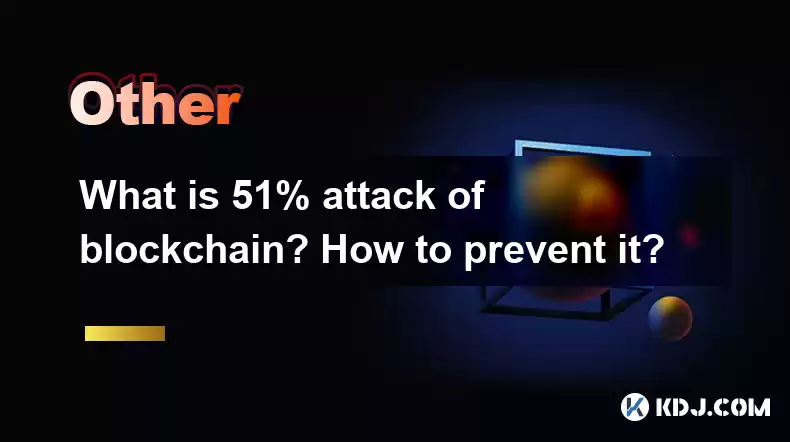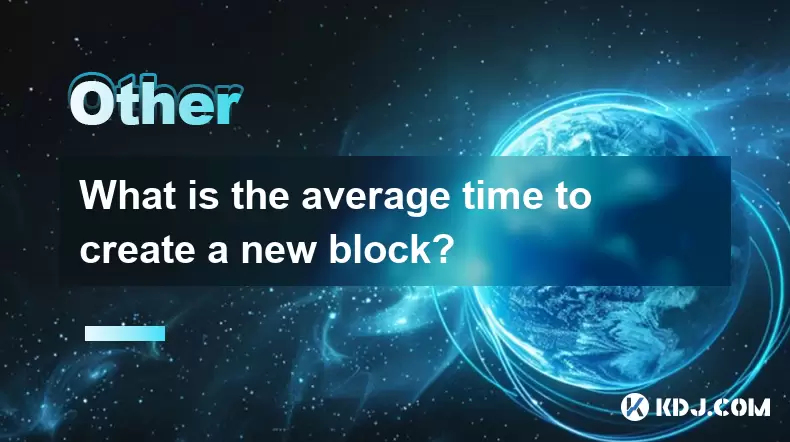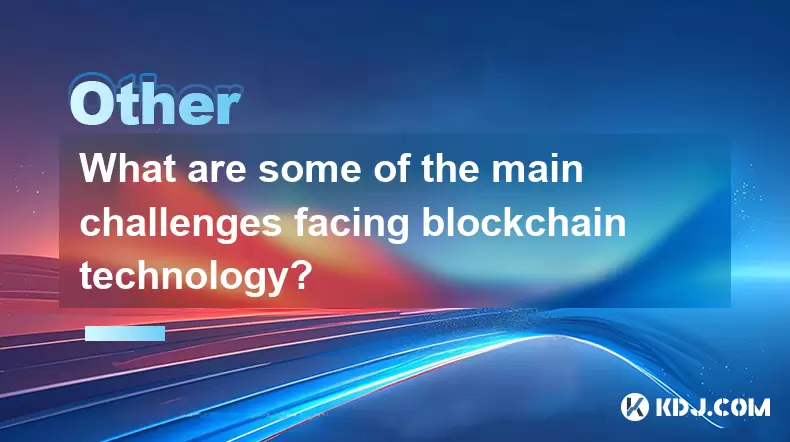-
 Bitcoin
Bitcoin $117500
2.15% -
 Ethereum
Ethereum $3911
6.19% -
 XRP
XRP $3.316
10.79% -
 Tether USDt
Tether USDt $1.000
0.01% -
 BNB
BNB $787.2
2.24% -
 Solana
Solana $175.2
4.15% -
 USDC
USDC $0.9999
0.00% -
 Dogecoin
Dogecoin $0.2225
8.40% -
 TRON
TRON $0.3383
0.28% -
 Cardano
Cardano $0.7868
6.02% -
 Stellar
Stellar $0.4382
9.34% -
 Hyperliquid
Hyperliquid $40.92
7.56% -
 Sui
Sui $3.764
7.63% -
 Chainlink
Chainlink $18.48
10.66% -
 Bitcoin Cash
Bitcoin Cash $582.1
1.88% -
 Hedera
Hedera $0.2601
6.30% -
 Avalanche
Avalanche $23.33
4.94% -
 Ethena USDe
Ethena USDe $1.001
0.02% -
 Litecoin
Litecoin $122.3
2.04% -
 UNUS SED LEO
UNUS SED LEO $8.969
-0.27% -
 Toncoin
Toncoin $3.339
0.86% -
 Shiba Inu
Shiba Inu $0.00001287
4.30% -
 Uniswap
Uniswap $10.43
7.38% -
 Polkadot
Polkadot $3.861
5.08% -
 Dai
Dai $1.000
0.02% -
 Bitget Token
Bitget Token $4.513
3.41% -
 Monero
Monero $267.7
-6.18% -
 Cronos
Cronos $0.1499
4.14% -
 Pepe
Pepe $0.00001110
5.15% -
 Aave
Aave $284.9
8.28%
What is 51% attack of blockchain? How to prevent it?
A 51% attack compromises blockchain security by seizing control of over half its computational power, enabling malicious actions like double-spending and transaction reversals, jeopardizing network integrity and user funds.
Feb 27, 2025 at 03:19 am

What is a 51% Attack of Blockchain? How to Prevent It?
Key Points:
- Understanding the 51% Attack: A 51% attack, also known as a majority attack, occurs when a single entity or a group of colluding entities gains control of over 50% of the network's hashing power (in Proof-of-Work blockchains) or stake (in Proof-of-Stake blockchains). This allows them to manipulate the blockchain's consensus mechanism, potentially reversing transactions, double-spending funds, and disrupting the network's integrity.
- Prevention Strategies: Preventing 51% attacks requires a multi-faceted approach focusing on enhancing network security, decentralization, and the overall robustness of the blockchain's design. This includes measures such as increasing network hash rate or stake, implementing robust consensus mechanisms, employing advanced security protocols, and fostering a diverse and distributed network.
- The Role of Decentralization: A truly decentralized network with a large number of widely distributed participants makes a 51% attack significantly more difficult and expensive to execute.
What is a 51% Attack of Blockchain?
A 51% attack is a malicious attempt to compromise the security and integrity of a blockchain network by gaining control of more than half of its computational power (hash rate in Proof-of-Work or stake in Proof-of-Stake). This control allows the attacker to manipulate the blockchain's consensus mechanism, leading to several severe consequences:
- Double-spending: This is arguably the most damaging aspect. An attacker could spend the same cryptocurrency twice. They broadcast a transaction to the network, and once it's confirmed, they create a competing chain with a different transaction, effectively reversing the original one. This undermines the fundamental trust and value proposition of cryptocurrencies. Imagine buying something online with Bitcoin; if a 51% attacker could reverse the transaction after you've received the goods, the merchant would lose the funds, and you'd have both the goods and the Bitcoin. This creates a significant risk for businesses operating on the blockchain. The longer the attacker can maintain control of the majority hash rate, the more opportunities they have for double-spending, causing significant financial losses for victims and eroding confidence in the entire system. The difficulty of creating a competing chain grows exponentially with the network's size and the time it takes to create new blocks. However, a sufficiently powerful attacker can overcome this challenge.
- Transaction Reversal: Similar to double-spending, the attacker can reverse legitimate transactions. If someone sends cryptocurrency to another user, the attacker can create a new block that invalidates that transaction and sends the funds back to themselves. This violates the immutability principle of blockchain technology, which is crucial for its reliability and security. The implications extend beyond individual transactions. If a large-scale transaction, such as a significant exchange between businesses or a large payment, were reversed, it could have far-reaching economic consequences. The trust needed for such transactions would be severely undermined.
- Network Disruption: A 51% attacker can prevent legitimate transactions from being added to the blockchain by refusing to include them in the blocks they create. This effectively halts the network's operation, causing significant disruption to users and businesses that rely on it. This could cripple decentralized applications (dApps) built on the blockchain, rendering them unusable and potentially causing significant financial losses. The denial-of-service nature of this attack can be particularly devastating. The ability to stop the entire network functioning represents a significant threat to the viability of blockchain systems.
- Forking the Blockchain: The attacker could create a competing blockchain, potentially leading to a chain split and the emergence of two separate versions of the cryptocurrency. This would cause confusion and potentially lead to losses for users who hold cryptocurrency on the less popular chain. A chain split is a significant event that could seriously impact the value and usability of the cryptocurrency, creating uncertainty for investors and users. The process of resolving such a split could be complex and time-consuming, leading to further instability in the market.
How to Prevent a 51% Attack?
Preventing 51% attacks is a crucial aspect of ensuring the security and stability of blockchain networks. Several strategies are employed, but no single solution guarantees complete protection. A multi-layered approach is necessary.
- Increasing Hash Rate or Stake: The most straightforward approach is to increase the network's overall hash rate (in Proof-of-Work) or stake (in Proof-of-Stake). A larger network with more participants makes it exponentially more difficult and expensive for a single entity to acquire a 51% majority. This requires encouraging more miners or stakers to participate in the network, which can be achieved through various incentives, such as higher block rewards, reduced transaction fees, or community engagement programs. The greater the distribution of hashing power or stake, the less likely a single entity or group can amass a controlling majority. However, simply increasing the network's size isn't a complete solution; it needs to be coupled with other security measures.
- Robust Consensus Mechanisms: The choice of consensus mechanism is critical. Proof-of-Work (PoW) and Proof-of-Stake (PoS) are the most common, but each has its vulnerabilities. Alternative consensus mechanisms like Delegated Proof-of-Stake (DPoS) and Proof-of-Authority (PoA) aim to improve security and efficiency. However, each mechanism has its strengths and weaknesses regarding resistance to 51% attacks. A well-designed consensus mechanism with built-in security features is crucial for preventing manipulation. The specific requirements for a robust consensus mechanism depend on the specific application and the desired level of security.
- Advanced Security Protocols: Implementing advanced security protocols, such as advanced cryptographic techniques and intrusion detection systems, can help detect and mitigate malicious activities. This includes monitoring network traffic for unusual patterns and employing sophisticated algorithms to identify potential attacks before they can succeed. The implementation of robust security protocols is a crucial aspect of a layered security approach. It's important to remember that security is not a one-time implementation but an ongoing process of improvement and adaptation.
- Network Decentralization: A highly decentralized network, where nodes are geographically dispersed and controlled by various entities, makes it significantly more challenging to consolidate a 51% stake. This involves actively promoting a diverse and geographically distributed network of nodes. This is a long-term strategy that requires community building and careful network design. A decentralized network is more resilient to attacks, as the attacker needs to compromise a vast number of independent entities. However, achieving true decentralization is challenging and requires ongoing effort.
- Regular Security Audits: Independent security audits should be conducted regularly to identify and address vulnerabilities in the blockchain's code and infrastructure. This is a proactive measure that helps identify and fix potential weaknesses before they can be exploited by attackers. Regular security audits provide a valuable assessment of the blockchain's resilience to attacks and help maintain its integrity and security.
FAQs:
Q: Can a 51% attack happen on all blockchains?
A: While theoretically possible on any blockchain, the likelihood varies significantly depending on the blockchain's size, decentralization, and the security measures implemented. Larger, more decentralized blockchains with high hash rates or stakes are much more resistant. Smaller, less decentralized blockchains are significantly more vulnerable.
Q: What are the consequences of a successful 51% attack?
A: The consequences can be severe, including double-spending, transaction reversals, network disruptions, and the potential for forking the blockchain. This can lead to significant financial losses for users and businesses, as well as a loss of trust in the cryptocurrency and the underlying blockchain technology.
Q: How long can a 51% attack last?
A: The duration depends on the attacker's resources and the network's reaction. A large, well-resourced attacker might maintain control for a considerable period, while a smaller attacker might be quickly overwhelmed by the network's defenses. The network's response, including the actions of miners/stakers and the community, plays a crucial role in determining the attack's duration.
Q: Are there any blockchains that have experienced a successful 51% attack?
A: Yes, several smaller, less established blockchains have experienced successful 51% attacks in the past. These attacks highlight the importance of robust security measures and the ongoing need for vigilance in the cryptocurrency space. However, major, established blockchains with significant network effects have largely resisted successful 51% attacks due to their size and security measures.
Q: How can I protect myself from a 51% attack?
A: While you can't directly prevent a 51% attack, you can mitigate your risk by only using established, well-secured blockchains with large hash rates or stakes. Diversifying your cryptocurrency holdings across multiple blockchains can also reduce your overall risk exposure. Staying informed about security updates and vulnerabilities is also crucial.
Disclaimer:info@kdj.com
The information provided is not trading advice. kdj.com does not assume any responsibility for any investments made based on the information provided in this article. Cryptocurrencies are highly volatile and it is highly recommended that you invest with caution after thorough research!
If you believe that the content used on this website infringes your copyright, please contact us immediately (info@kdj.com) and we will delete it promptly.
- XRP ETF, Bitcoin ETF, and Japan: A New Era for Crypto Investing?
- 2025-08-08 14:30:12
- Crypto, Congress, and Bills: Navigating the Regulatory Landscape in 2025
- 2025-08-08 14:30:12
- Union Jack Oil, Unused Gas, and Bitcoin: A New York Minute on UK's Crypto-Energy Play
- 2025-08-08 14:50:12
- Bitcoin Price: Bullish Flag Points to $123K Breakout?
- 2025-08-08 14:50:12
- Crypto Group's WNBA Dildo Toss: Meme Coin Mania or Just Plain Dumb?
- 2025-08-08 14:55:13
- Stablecoins, Hong Kong, and On-Chain Finance: Navigating the Regulatory Maze
- 2025-08-08 12:30:12
Related knowledge

What is the purpose of a nonce in mining?
Aug 04,2025 at 05:56pm
Understanding the Role of a Nonce in Cryptocurrency MiningIn the world of cryptocurrency mining, the term nonce stands for 'number used only once.' Th...

Can data on a blockchain be deleted?
Aug 05,2025 at 04:00am
Understanding Blockchain ImmutabilityThe core principle behind most blockchain systems is immutability, which means that once data is recorded onto th...

What is the difference between on-chain and off-chain transactions?
Aug 02,2025 at 04:22pm
Understanding On-Chain TransactionsOn-chain transactions refer to digital asset transfers that are recorded directly on a blockchain ledger. These tra...

What is the average time to create a new block?
Aug 06,2025 at 09:21pm
Understanding Block Creation in Blockchain NetworksThe average time to create a new block varies significantly depending on the specific blockchain pr...

How are blocks linked together?
Aug 04,2025 at 06:56am
Understanding the Structure of a BlockchainA blockchain is a decentralized digital ledger composed of a sequence of blocks, each containing a list of ...

What are some of the main challenges facing blockchain technology?
Aug 07,2025 at 02:58am
Scalability Constraints in Blockchain NetworksOne of the most persistent challenges in blockchain technology is scalability. As blockchain networks gr...

What is the purpose of a nonce in mining?
Aug 04,2025 at 05:56pm
Understanding the Role of a Nonce in Cryptocurrency MiningIn the world of cryptocurrency mining, the term nonce stands for 'number used only once.' Th...

Can data on a blockchain be deleted?
Aug 05,2025 at 04:00am
Understanding Blockchain ImmutabilityThe core principle behind most blockchain systems is immutability, which means that once data is recorded onto th...

What is the difference between on-chain and off-chain transactions?
Aug 02,2025 at 04:22pm
Understanding On-Chain TransactionsOn-chain transactions refer to digital asset transfers that are recorded directly on a blockchain ledger. These tra...

What is the average time to create a new block?
Aug 06,2025 at 09:21pm
Understanding Block Creation in Blockchain NetworksThe average time to create a new block varies significantly depending on the specific blockchain pr...

How are blocks linked together?
Aug 04,2025 at 06:56am
Understanding the Structure of a BlockchainA blockchain is a decentralized digital ledger composed of a sequence of blocks, each containing a list of ...

What are some of the main challenges facing blockchain technology?
Aug 07,2025 at 02:58am
Scalability Constraints in Blockchain NetworksOne of the most persistent challenges in blockchain technology is scalability. As blockchain networks gr...
See all articles

























































































